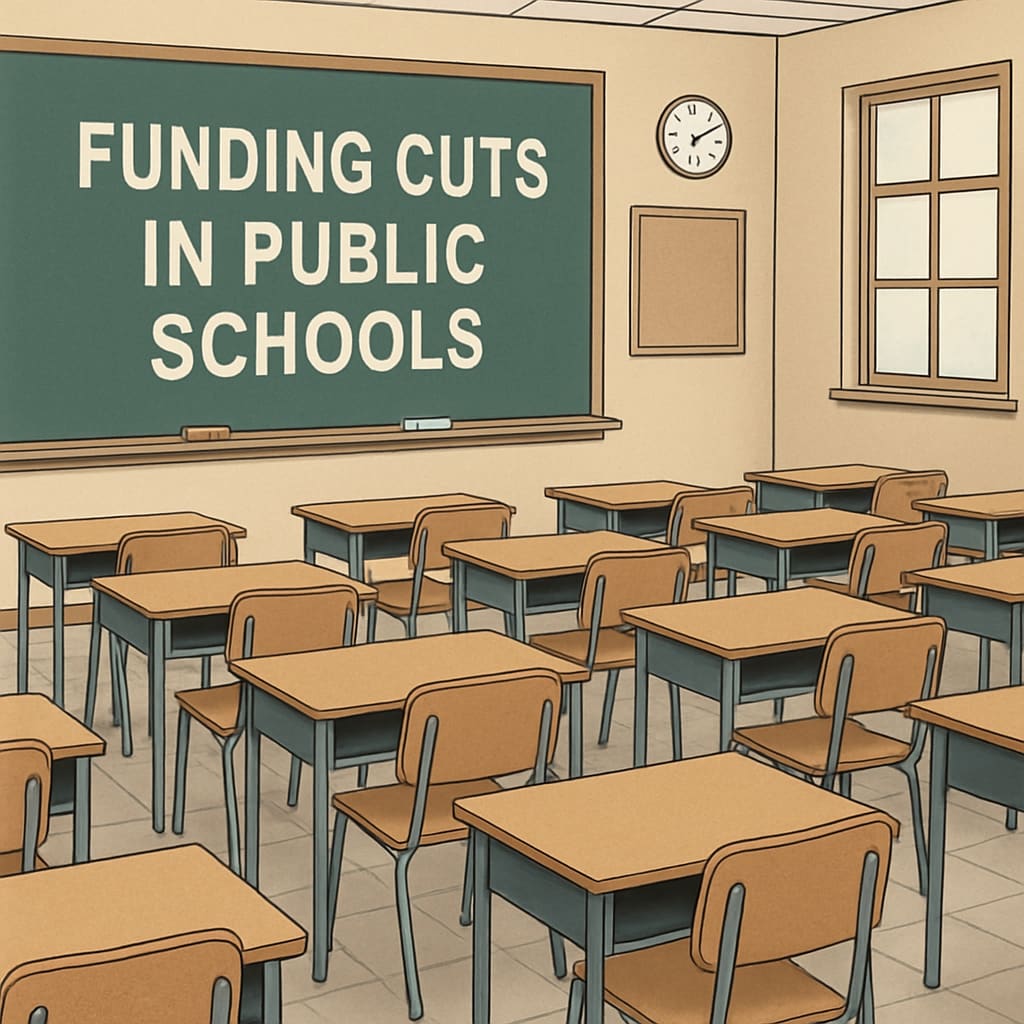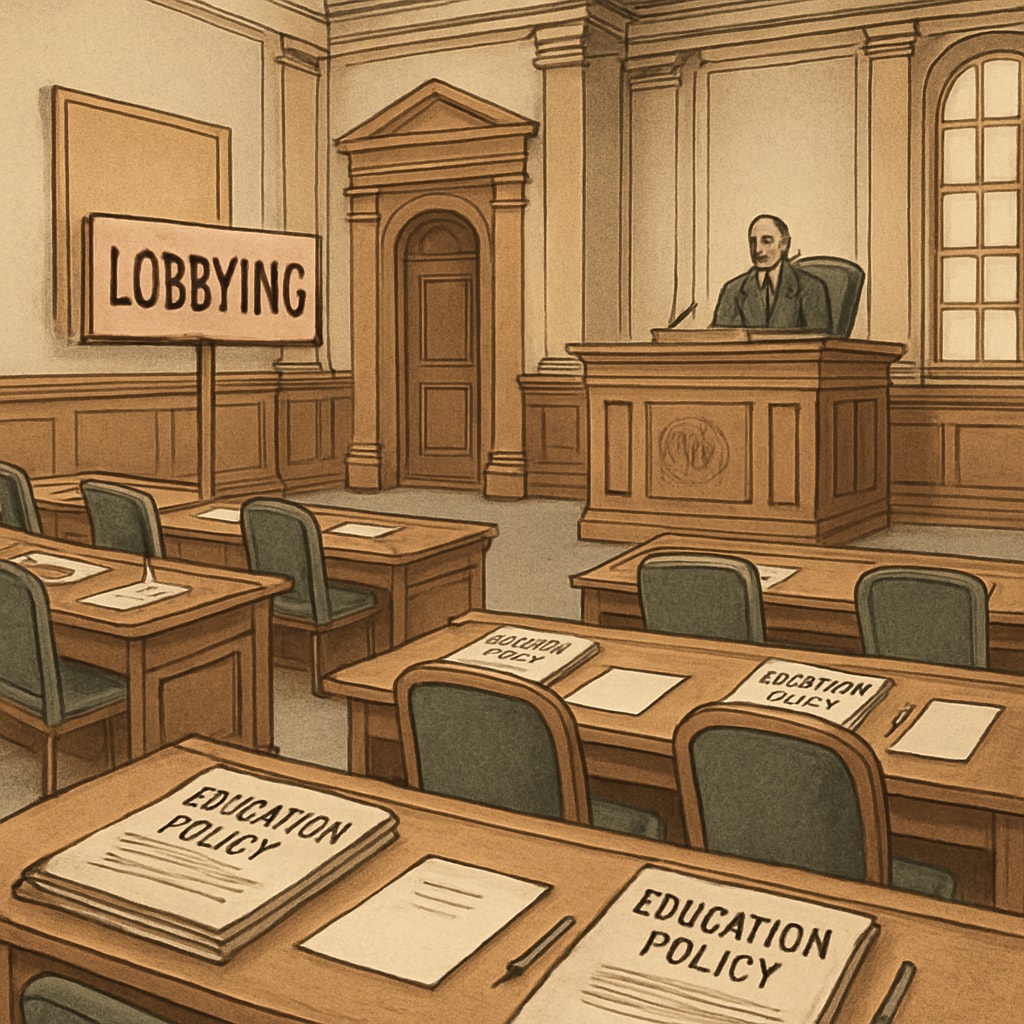Organizations like “Stand For Children” claim to champion education reform, but their actions are raising questions about their true impact. Through legislative maneuvers, they redirect public education funds to private institutions, leaving public schools to grapple with closures, teacher layoffs, and dwindling resources. This carefully orchestrated shift in funding not only undermines the public education system but also introduces risks of financial misuse and fraud. What lies beneath the guise of reform is a troubling trend that threatens the foundation of public education.
Redirecting Public Education Funds: A Systematic Erosion
At the heart of this issue is the redirection of public funds to private entities, often supported by organizations like “Stand For Children.” These groups advocate for policies that sound beneficial on the surface—such as school choice and increased accountability—but in practice, they drain essential resources from public schools. For example, tax credits and vouchers allow parents to move their children to private schools, but these programs often fail to account for the long-term consequences on public education.
As a result, public schools face funding shortages, leading to larger class sizes, outdated materials, and even school closures. According to experts, the privatization of education funding exacerbates inequality, as wealthier families are better positioned to take advantage of these programs, leaving lower-income students behind. Public education systems are meant to provide equal opportunities, but these policies skew the playing field.

The Role of Legislative Manipulation
Legislative tactics play a significant role in this funding shift. “Stand For Children” and similar organizations often lobby for laws that favor private education providers, such as relaxed regulations for charter schools or expanded voucher programs. These laws are presented as efforts to improve education outcomes, but their implementation often tells a different story.
For instance, the lack of oversight in private institutions receiving public funds has led to cases of financial mismanagement. Reports have surfaced of private schools misusing taxpayer money, raising concerns about accountability. Furthermore, the legislative focus on privatization diverts attention from addressing the systemic challenges facing public schools, such as underfunding and teacher shortages.

Consequences for Public Education and Teachers
The diversion of funds has severe implications for public schools and their staff. Teachers are often the first to feel the impact, with many losing their jobs due to budget cuts. Those who remain face increased workloads and less support, leading to burnout and high turnover rates. Students, meanwhile, suffer from reduced access to quality education, with fewer extracurricular activities, outdated technology, and limited support services.
Moreover, the emphasis on privatization shifts the narrative around education reform. Instead of addressing systemic issues, the focus turns to competition between public and private schools, further polarizing the debate. As a result, the fundamental goal of providing equitable, high-quality education for all students is overshadowed by profit-driven motives.
Reclaiming the Public Education System
To counter these trends, policymakers and communities must prioritize the restoration of public education funding. This includes increasing transparency in how funds are allocated and ensuring that public money is used for its intended purpose. Additionally, holding private institutions accountable for their use of taxpayer dollars is essential to prevent misuse and fraud.
Education advocates can also play a crucial role by raising awareness about the consequences of privatization. By shedding light on the tactics used by organizations like “Stand For Children,” they can push for policies that prioritize public schools and the students they serve. As education policy continues to evolve, it is essential to remember that the ultimate goal should be to provide equitable opportunities for all students, regardless of their socioeconomic background.
In conclusion, the redirection of public education funds to private entities poses a significant threat to the future of public schools. While organizations like “Stand For Children” promote these changes under the banner of reform, the reality is far from beneficial. By understanding these challenges and advocating for systemic improvements, we can work towards a more equitable and effective education system.


